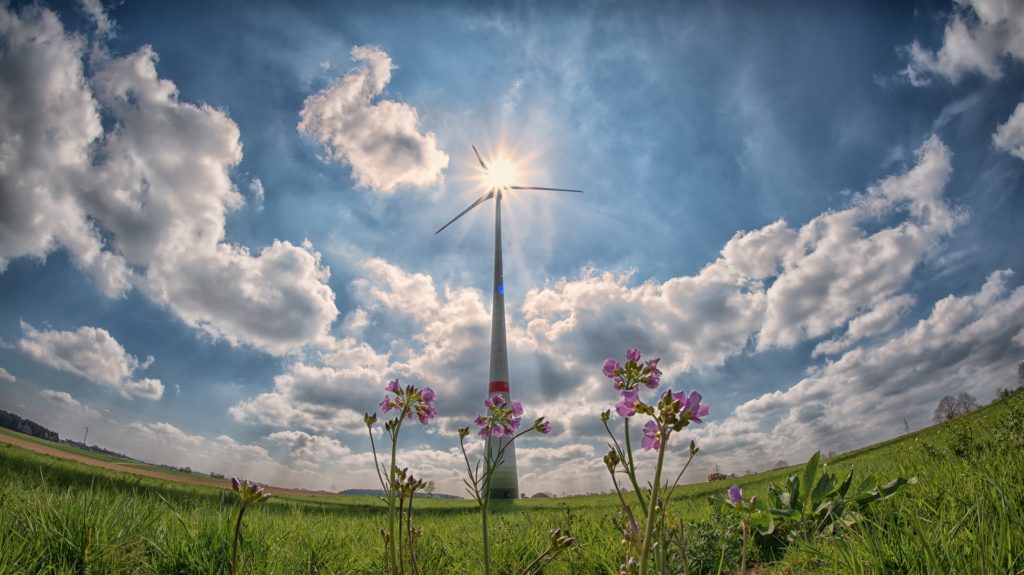
In a report published in January 2018, The World Economic Forum (WEF) defined AI as computer systems that ‘can sense their environment, think, learn, and act in response to what they sense and their programmed objectives.’ The WEF paper that contained that definition was titled Harnessing Artificial Intelligence for the Earth and illuminated the great opportunity in using AI to solve big systemic problems. The report co-authored by PWC and Stanford University, also cautions that AI must be used thoughtfully.
“As the Fourth Industrial Revolution gathers pace, innovations are becoming faster, more efficient, and more widely accessible than before,” the Preface reads. “Technology is also becoming increasingly connected; in particular we are seeing a merging of digital, physical, and biological realms. New technologies are enabling societal shifts by having an effect on economics, values, identities, and possibilities for future generations. We have a unique opportunity to harness this Fourth Industrial Revolution, and the societal shifts it triggers, to help address environmental issues and redesign how we manage our shared global environment. The Fourth Industrial Revolution could, however, also exacerbate existing threats to environmental security or create entirely new risks that will need to be considered and managed.”
Six critical issues are outlined in the WEF report; Climate change, biodiversity and conservation, healthy oceans, water security, clean air and weather, and disaster resilience. It points to rapid advances in artificial intelligence, the Internet of Things, robots, autonomous vehicles, biotechnology, nanotechnology, and quantum computing as methods of increasing speed, intelligence, and efficiency gains. The WEF notes that beyond productivity gains, AI also promises to enable humans to develop intelligence not yet reached, opening the door to new discoveries.
Even today there are examples of new global discoveries and increased efficiency in environmentalism brought about by AI. A Columbia University Earth Institute blog provides numerous examples. In India, AI has facilitated a 30-percent higher groundnut yield. In Norway, it has assisted in creating an autonomous electric grid and increasing renewable energy. AI has also been instrumental in helping researchers achieve up to 99-percent accuracy in identifying weather fronts, tropical cyclones, and atmospheric rivers.
The NSF recently announced it is funding a new AI Institute dedicated to weather, climate, and coastal oceanography. Interestingly, it specifically states that the center will undertake research on ‘trustworthy AI.’ Information provided by the NSF about the ‘AI Institute for Research on Trustworthy AI in Weather, Climate and Coastal Oceanography‘ states that “along with addressing broad challenges in atmospheric and ocean sciences, this new AI institute will work to improve the accuracy and reliability—or, trustworthiness—of AI techniques that underpin crucial weather models and predictions.”
The institute will be led by The University of Oklahoma, and ‘conduct fundamental research into better understanding how AI algorithms transform raw data from extremely large and varied data sets into actionable guidance and predictions.’ The NSF notes that this research will help scientists provide accurate and reliable information to the public. Predicting tornadoes, tropical storms, hurricanes, and algae blooms with greater precision also has an economic benefit. “Being able to accurately predict when and where such events will occur can save lives and prevent significant impact to the economy,” the NSF says. The new Institute will also offer AI training certificates to ‘help cultivate an AI-trained workforce.’
Tech corporations are applying advanced technology to environmental problems too. Microsoft’s ‘AI For Earth’ initiative provides scientists with cloud and AI tools to help solve global environmental challenges. Intel is also undertaking research in the space. According to a recent Intel survey, 74-percent of environmental sustainability decision-makers agree that AI will help solve long-standing challenges. Sixteen-percent of Google’s 2019 ‘AI Impact Challenge’ applications sought to apply AI to environmental problems. Of the 20 winning proposals that share a $25-million Google grant, eight are dedicated to using AI to address environmental issues:
- American University of Beirut (Lebanon): Applying machine learning to weather and agricultural data to improve irrigation for resource-strapped farmers in Africa and the Middle East.
- Colegio Mayor de Nuestra Señora del Rosario (Colombia): Using satellite imagery to detect illegal mines, enabling communities and the government to protect people and natural resources.
- Gringgo Indonesia Foundation (Indonesia): Building an image-recognition tool to improve plastic recycling rates, reduce ocean plastic pollution, and strengthen waste management in under-resourced communities.
- Makerere University (Uganda): Tracking and predicting air pollution patterns via low-cost sensors in Kampala, Uganda, improving air quality forecasting and intervention.
- Pennsylvania State University (USA): Using deep learning tools to better predict times of and locations at risk for landslides, creating a warning system to minimize the impact of natural disasters.
- Rainforest Connection (USA): Using deep learning for bioacoustic
monitoring and commonplace mobile technology to track rainforest
health and detect threats. - Wadhwani AI (India): Using image recognition to track and analyze
pest-control efforts, enabling timely and localized intervention to stabilize crop production and reduce pesticide usage. - WattTime (USA): Using image-processing algorithms and satellite networks to replace on-site power plant emissions monitors with open-source monitoring platforms.
